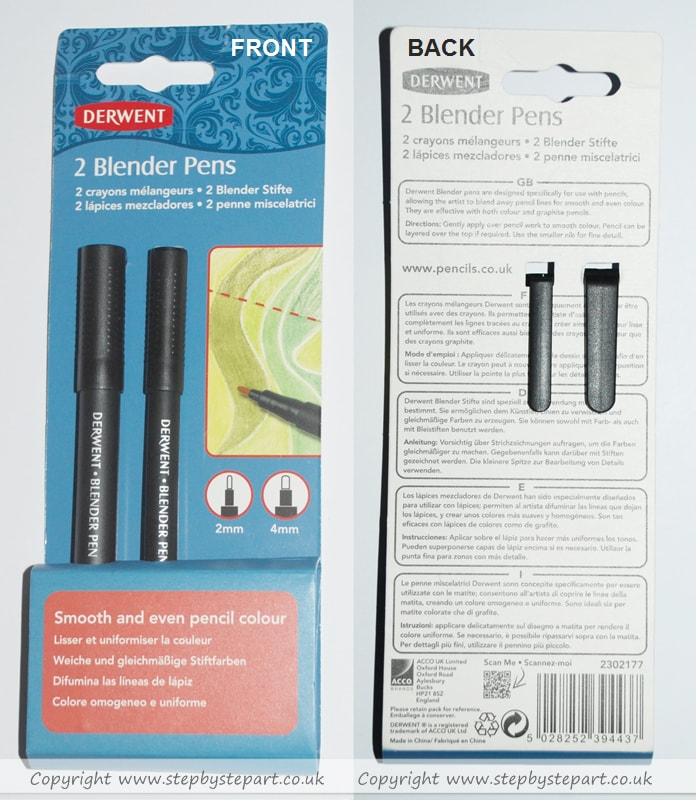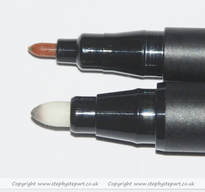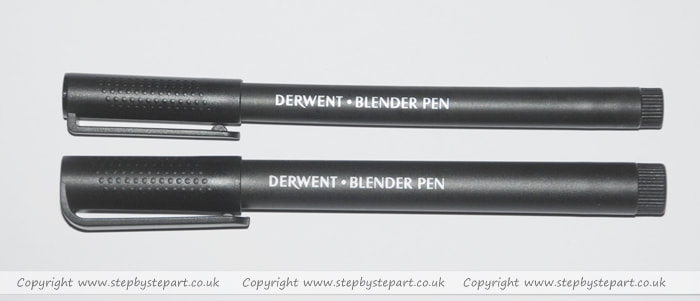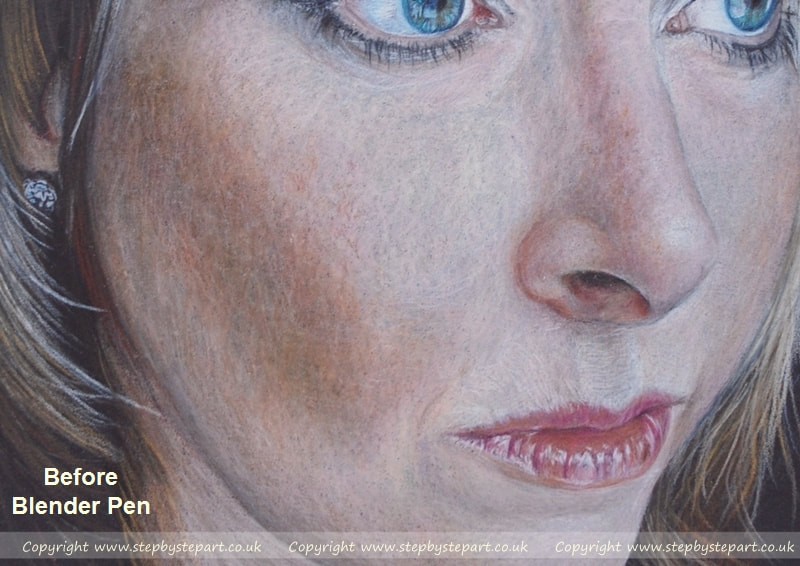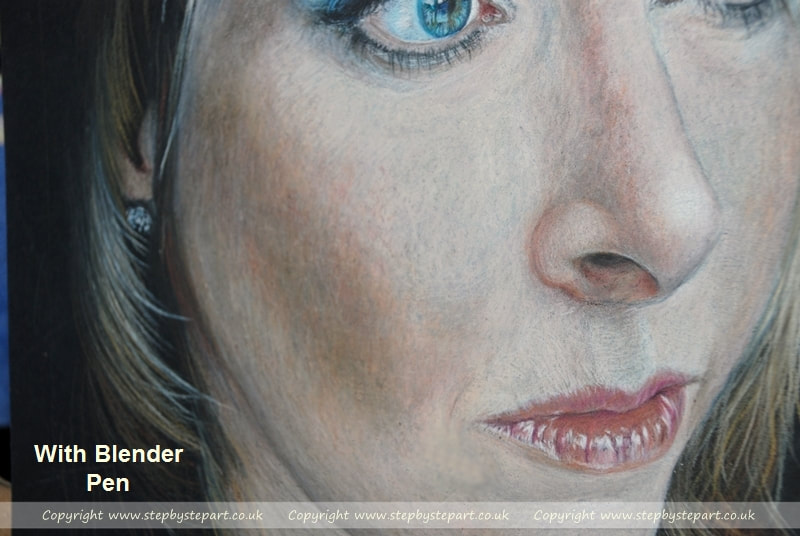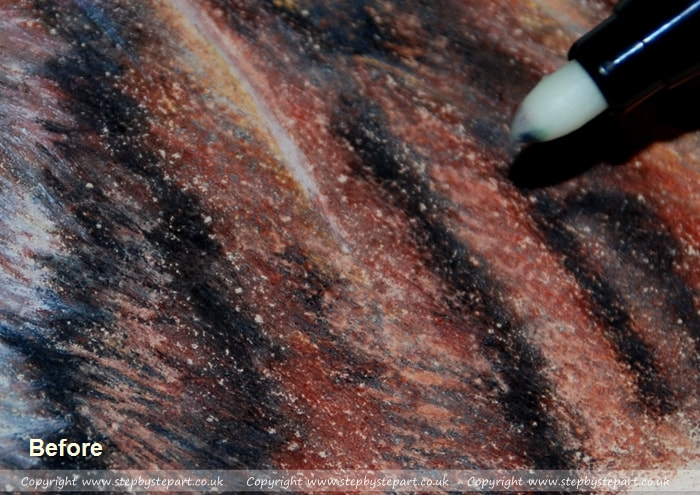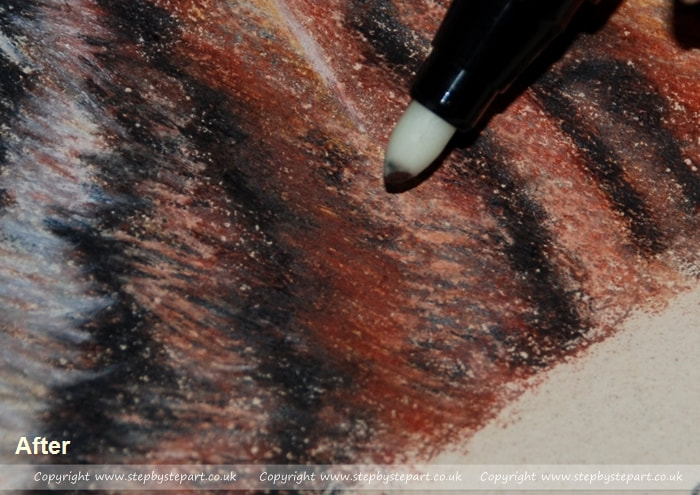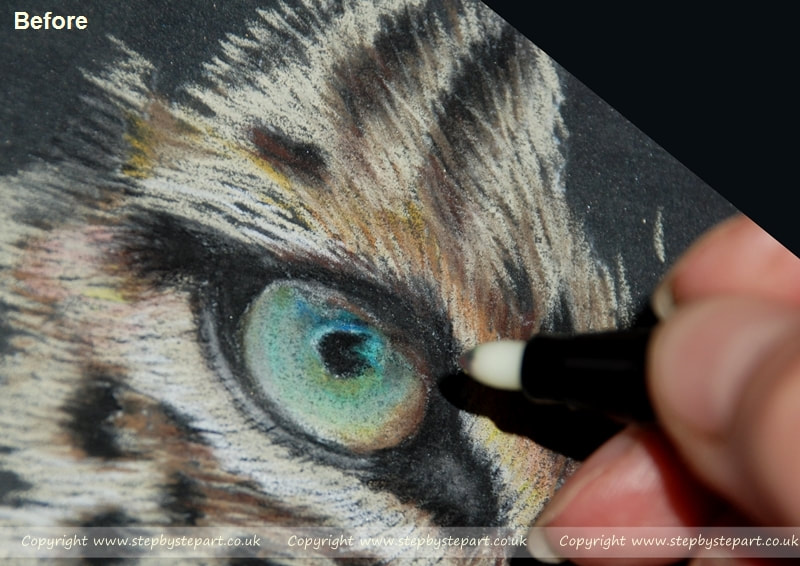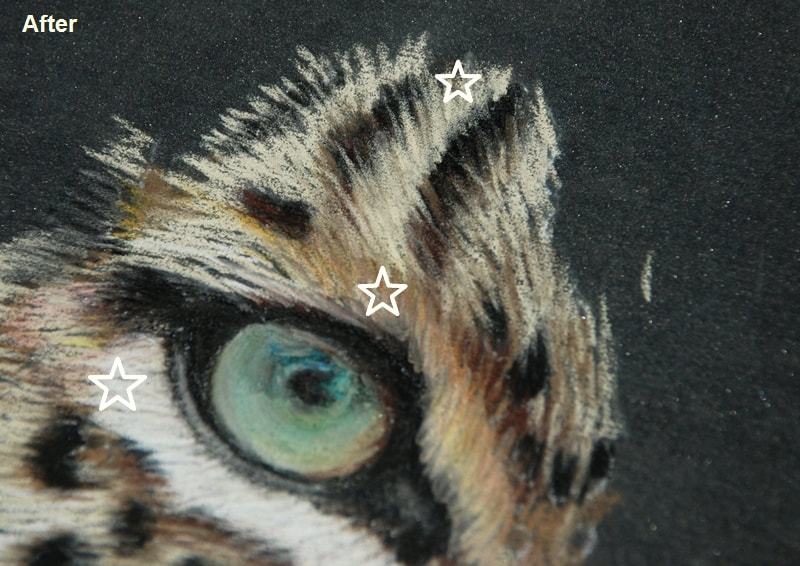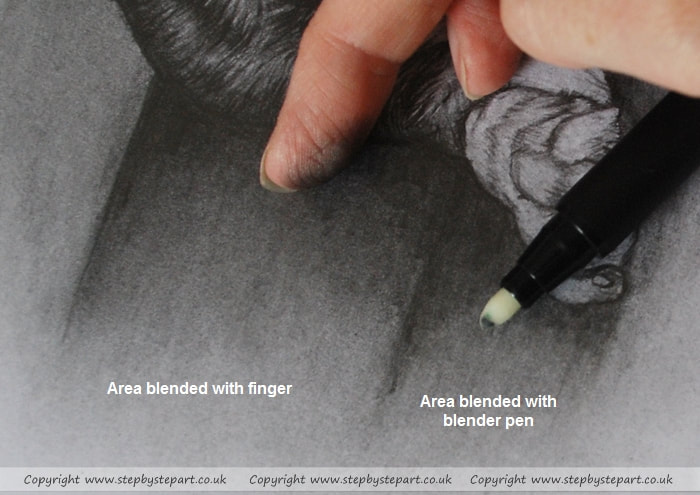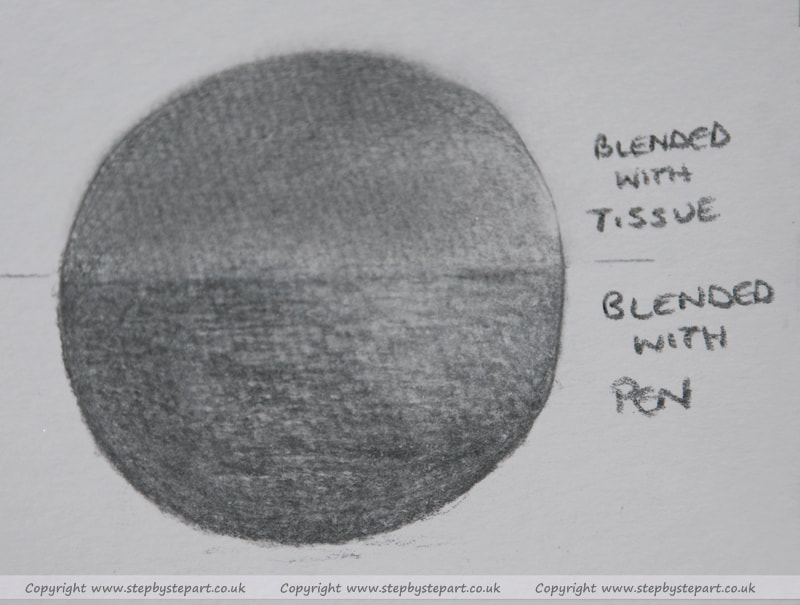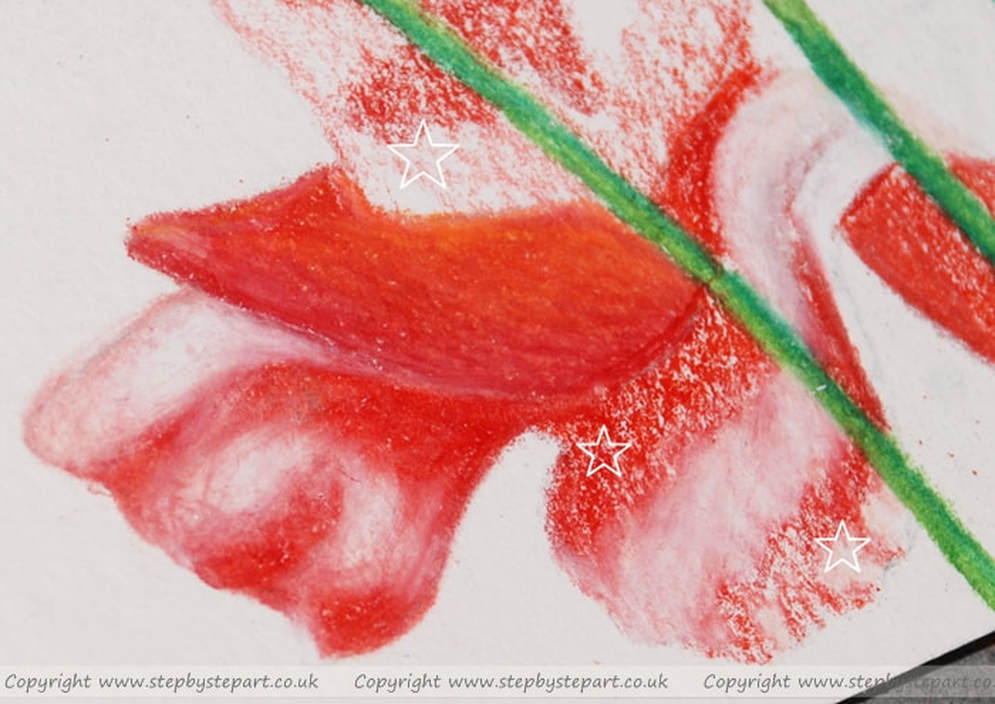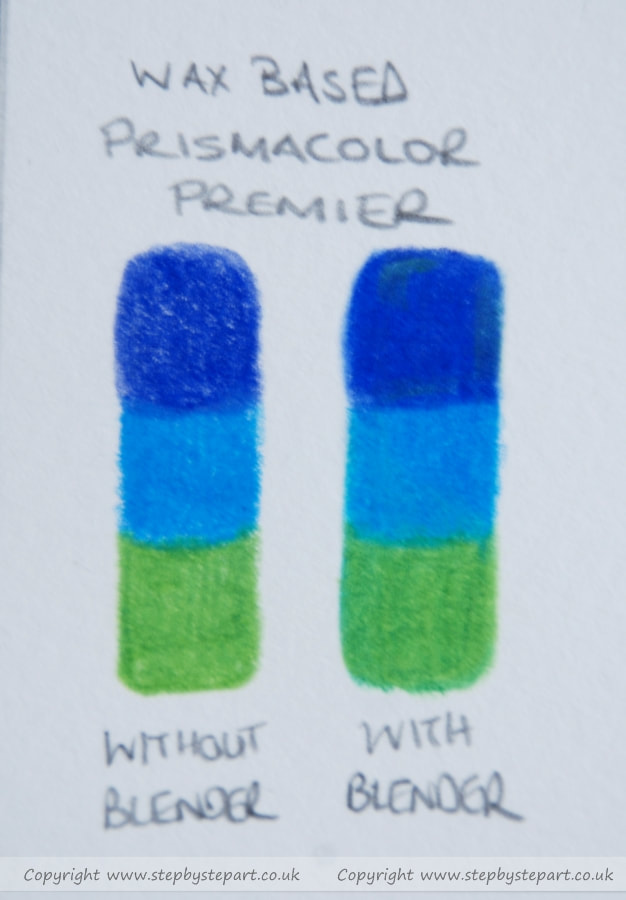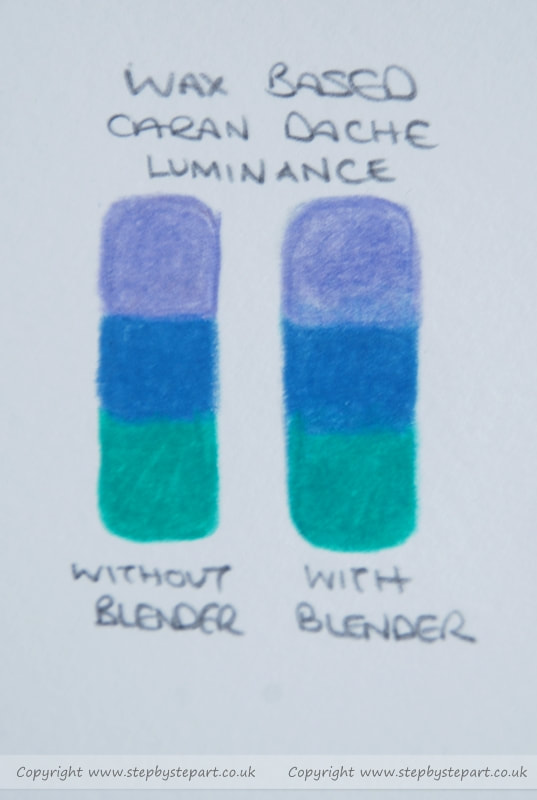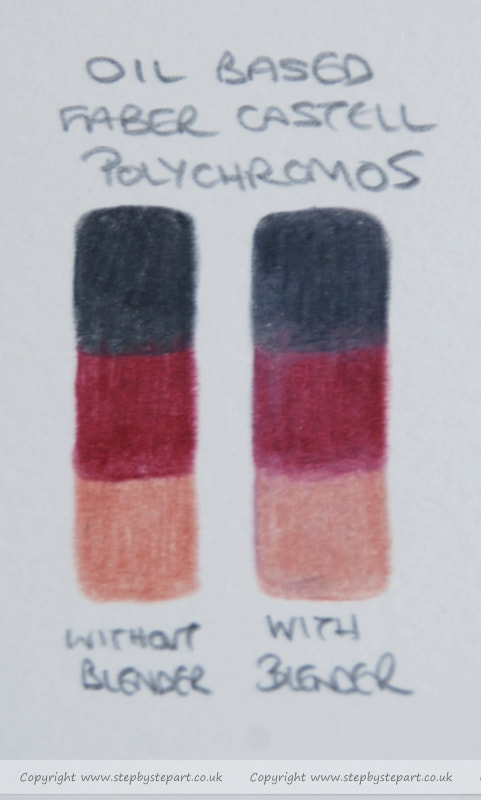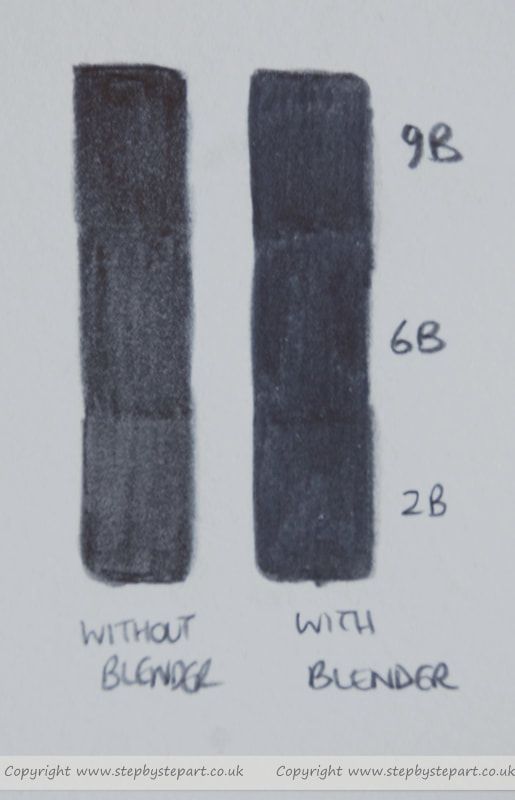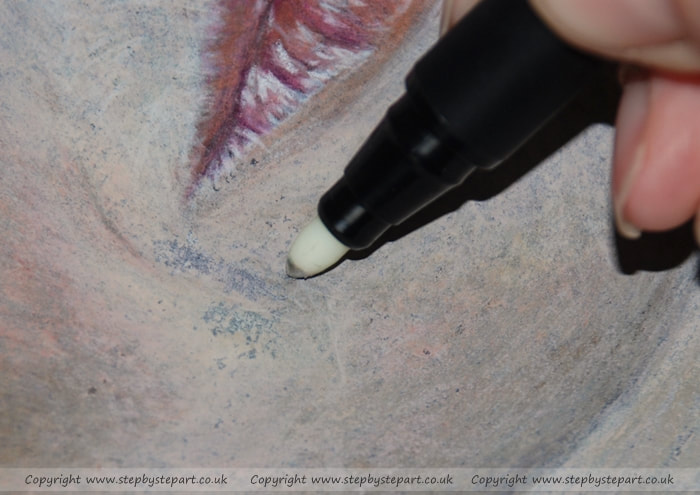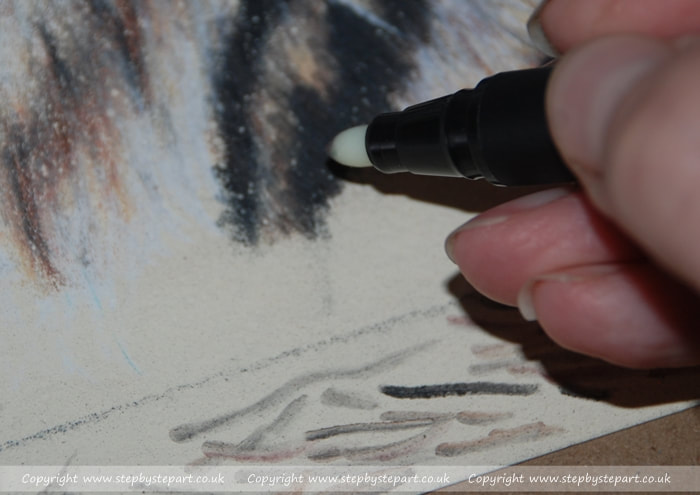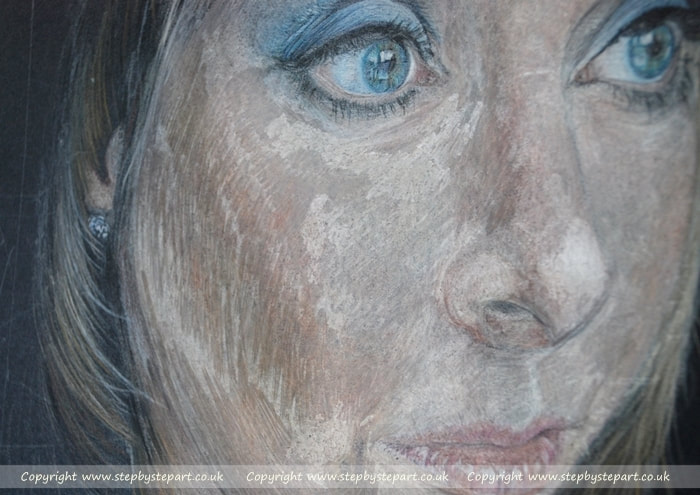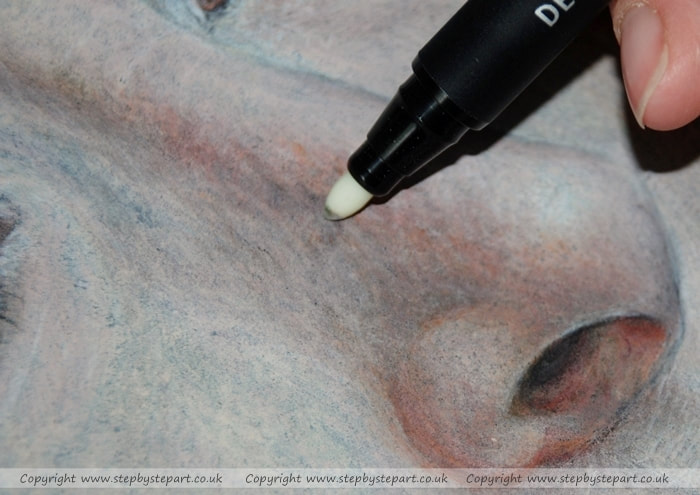This article is due an upgrade. Please bear with us until this is completed.
Derwent Blender pens are designed for use with pencils; they allow the artist to blend away pencil lines, creating smooth and even colour and are effective with both colour and graphite pencils.
Taken from the Derwent website - www.pencils.co.uk
|
As a coloured pencil purist, I have never wished to use any kind of solvents with my coloured pencil art but I know a lot of artists do and when I came across these Blender Pens by Derwent when I was searching blenders for one of my pencil workshops, being rather cheap, I thought I would give them a try so I could share my thoughts - being a newbie to solvents, I have nothing to compare them to and so this review is based purely on what I observed whilst trialling them and not as a comparison with any other product.
This review is about how the pens work on different papers as opposed to how they work with different pencil ranges, I may decide to trial them out with different pencil ranges and add them to this page, but as there are quite a lot of reviews already out there showing that information, I decided to just keep it simple and opt for a review suited to other solvent newbies like me! |
On Dark, smooth paper - Ursus
|
I have a few old pieces of artwork that I have stored away that I will use for trials such as this and this self portrait which was completed on Ursus black paper did not quite turn out the way I was hoping because I was unable to get a smooth finish on the skin and so decided that trialling the Blender Pen on it would not spoil it in any way. You can see a slight difference in the before (left) and after (right) images and the pen did smooth the skin out much more than having simply blended with just wax pencils (Caran Dache Luminance range), but it was minimal to the other trials I did found below.
|
On light, textured paper - Colourfix
|
For this example I used an old portrait of a Siberian Tiger that I created on Colourfix paper a few years back for one of my art workshops, I like working with textured paper but I personally prefer a smooth surface as the detail I like to achieve in my own work can be very difficult to achieve on a grainy paper like Colourfix and so I was intrigued to see how the blender would work on this paper. As soon as I laid the pen over the pencil colour (WH Smith brand) the colour strengthened and seemed to become thicker/heavier in appearance - the 'white specks' noticeable in the first image became almost invisible and had I used this type of 'solvent' all over the image, it would create the same effect over the rest of the artwork, hiding most of the white flecks seen in the paper grain that the pencils could not reach.
|
On Dark, textured paper - UArt
|
Having trialled out an Amur Leopard eye on the UArt Dark paper recently I thought I would see how the Blender Pen would help to improve this drawing and I decided to use it over 4 different areas - those marked with a star on the 'after' image (as well as the eye) The brilliant thing about this pen is that it works brilliantly as a 'base smoother' the layers of loose pencil that are applied can then be thickened up with the blender pen, once it has fully dried, further layers can be applied over the top which appear much finer and offer more effect than before. I do not know if Derwent created this blender pen with this advantage specifically in mind but it's a pretty good selling point and it's a shame that Derwent provide such little information on this product as I'm sure that selling point alone could encourage many coloured pencil artists to add one to their collection.
Blending Graphite Pencils |
|
A simple study on watercolour paper offered little improvement on the effects of the blender pen over graphite. In my own opinion, I would not recommend it's use with graphite.
|
The Best Choice - Wax based pencil on Watercolour paper |
|
The blender pen seems to work much better over wax based coloured pencils on paper that accepts water soluble media as it seems to smooth out the layers of coloured pencil far better than a paper that only accepts dry mediums.
I decided to involve myself in the SAA Paint A Poppy Challenge and trialled the blender pen on the petals of the poppy using the SAA's Trial Watercolour paper - the results were immediate and pretty impressive and I found it quite exciting to see how the colours blended so well together during application. Areas marked with stars are the untreated areas. |
Pencil brand examples
|
Not all pencils work with the blender pen. I tried it on three coloured pencil ranges and a graphite pencil range and found that the most effective results were with the wax based coloured pencils, especially the Prismacolor Premier range. When applying over the Polychromos oil based pencils, it seemed to lighten the colours, maybe even break some of the pigment down and for this reason I would not recommend them for these pencils, although it may be better to try a sample first. When using with graphite pencils, I found they simply blended all the different grades into one dark, shade - again, probably not really suited to use with graphite pencils in my opinion. The results may vary depending on the pencil brand you use as well as the type of paper and it may be worthwhile trying out a few samples before using it over a drawing that will be offered for sale.
|
Hints, Tips, Positives & Negatives
|
There are always Pro's and Con's with any art product and I have included a few pointers below with photos so you can see how the blender pen effects each one.
|
|
KEEP THE TIP CLEAN
Using the blender pen on textured paper like this Colourfix, will saturate the nib of the pen as a lot of the pigment from the pencil can sit on the grit of the paper. When blending with the pen, It makes the colour much more vibrant which is wonderful but it means you will need to constantly clean the tip of the pen on a sheet of clean paper to avoid dirtying or mixing colours together. |
|
DARK BASE PAPER
This blender pen works in that the solvent inside the pen slightly melts the wax of the pencil layers initially laid down to create a smoother transition of colours, as the solvent is a liquid absorbed into the nib of the pen, working on dark base papers means it will cause the area you overlay to darken too until the solvent has dried. Ensure you take this into consideration as you work. |
